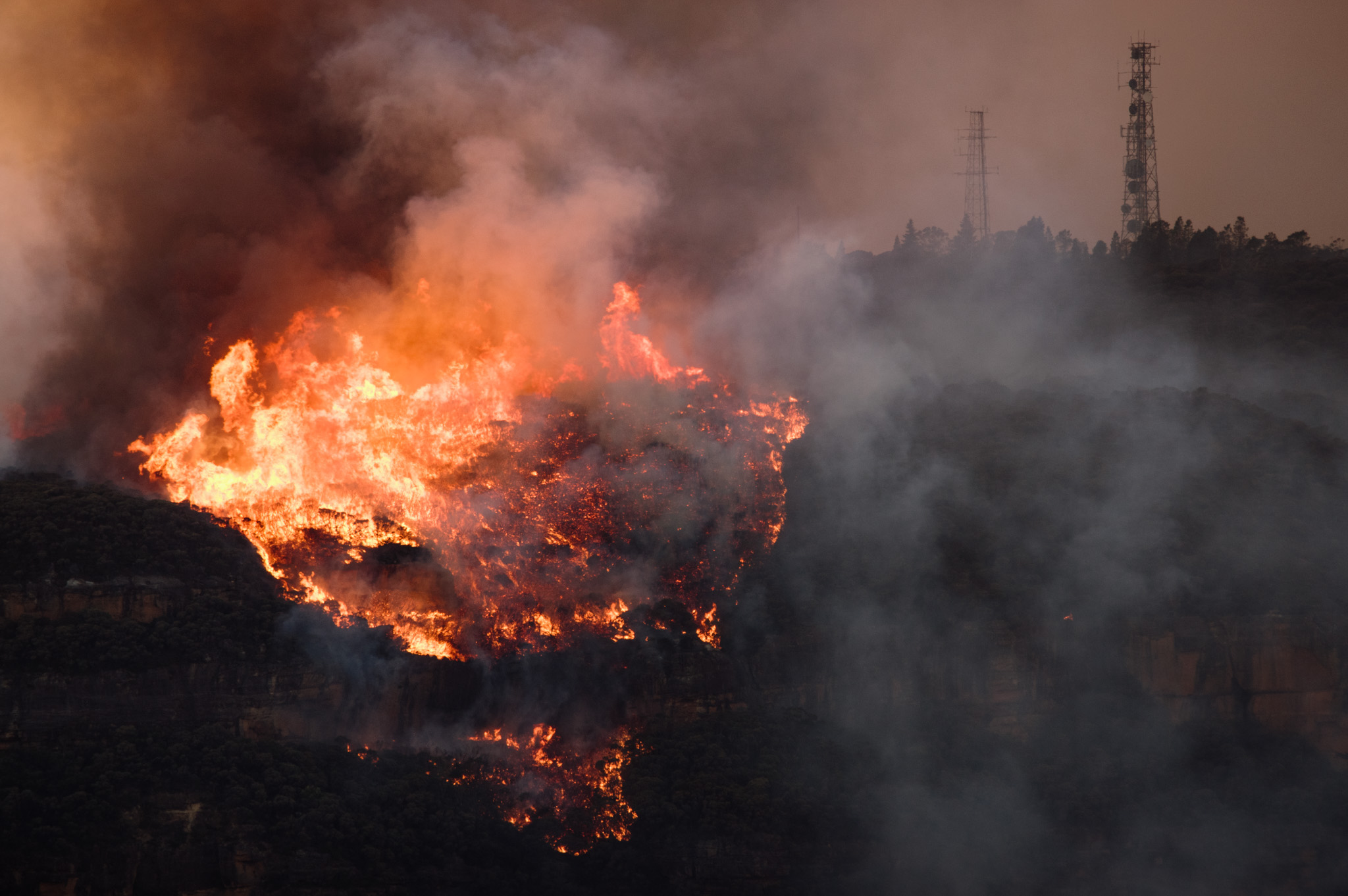Media release
From:
Climate change is fuelling extreme wildfire seasons across the Earth
Climate change is driving extreme wildfires events worldwide, finds a new global report revealing a stark picture of increased fire events across multiple continents.
The second annual State of Wildfires report released today warns that climate change has increased areas burnt by wildfires by a magnitude of 30 times in some regions in the world.
Researchers used satellite observations and advanced modelling to identify and investigate causes of wildfires between March 2024 - February 2025 and the role that climate and land use change played.
Australian co-lead, University of Melbourne’s Dr Hamish Clarke from the School of Agriculture, Food and Ecosystem Sciences said the clear interrelationship between climate and extreme events on this level was alarming.
“Our study revealed that an area totalling 3.7 million square kilometres – which is a land area larger than India – was burnt by wildfires globally,” Dr Clarke said.
“We are witnessing the effects of climate change play out across our world on an extreme scale. Not only is a warming planet creating more dangerous fire-prone weather conditions, but it is also influencing how vegetation grows, dries out and provides fuel for the fires to spread.”
The findings reveal wildfires in the Pantanal-Chiquitano region of South America were 35 times larger due to climate change, while record-breaking fires ravaged parts of the Amazon and Congo releasing billions of tonnes of CO2.
“The deadly Los Angeles wildfires in January were twice as likely and burned an area 25 times bigger than they would have in a world with no human-caused global warming,” Dr Clarke said. “The report points to further examples in Canada, Bolivia and Brazil.”
According to the report, 100 million people were affected by fires between 2024-25 and US$215 billion worth of homes and infrastructure were put at risk.
Australian co-lead, Dr Sarah Harris from Victoria’s Country Fire Authority explained the findings on fires closer to home.
“This included over 1,000 large fires that burnt around 470,000 hectares in Western Australia, over five million hectares burnt in central Australia and major fires around Mount Isa with substantial smoke impacts,” Dr Harris said.
“Here in Victoria, the Grampians National Park saw two-thirds of its park area burned, and the Little Desert fire burned 90,000 ha in under eight hours.”
The report projects a grim outlook if global greenhouse gas emissions continue on their current path, warning that more severe heatwaves and droughts are making wildfires more frequent and intense worldwide, resulting in increasing threats to people’s lives, property, economies and the environment.
“While the future looks challenging, the report emphasises that it's not too late to act,” Dr Clarke said.
“Firstly, we need to take much stronger and faster climate action, including cutting fossil fuel emissions and reducing deforestation and land clearing. Beyond that there are many things we can do to prepare for and respond to fire risk, from vegetation management to householder preparation and supporting short and long-term disaster recovery.”
“As Australia approaches yet another fire season, this global perspective serves as a stark reminder of the interconnected nature of our climate crisis and the urgent need for coordinated global action, bold commitments to cut greenhouse gas emissions rapidly this decade.”
The second annual State of Wildfires report was co-led by the UK Centre for Ecology & Hydrology, UK Met Office, University of East Anglia, the European Centre for Medium-Range Forecasts and supported by leading fire and climate experts from around the world, including from the University of Melbourne.



 Australia; VIC
Australia; VIC


